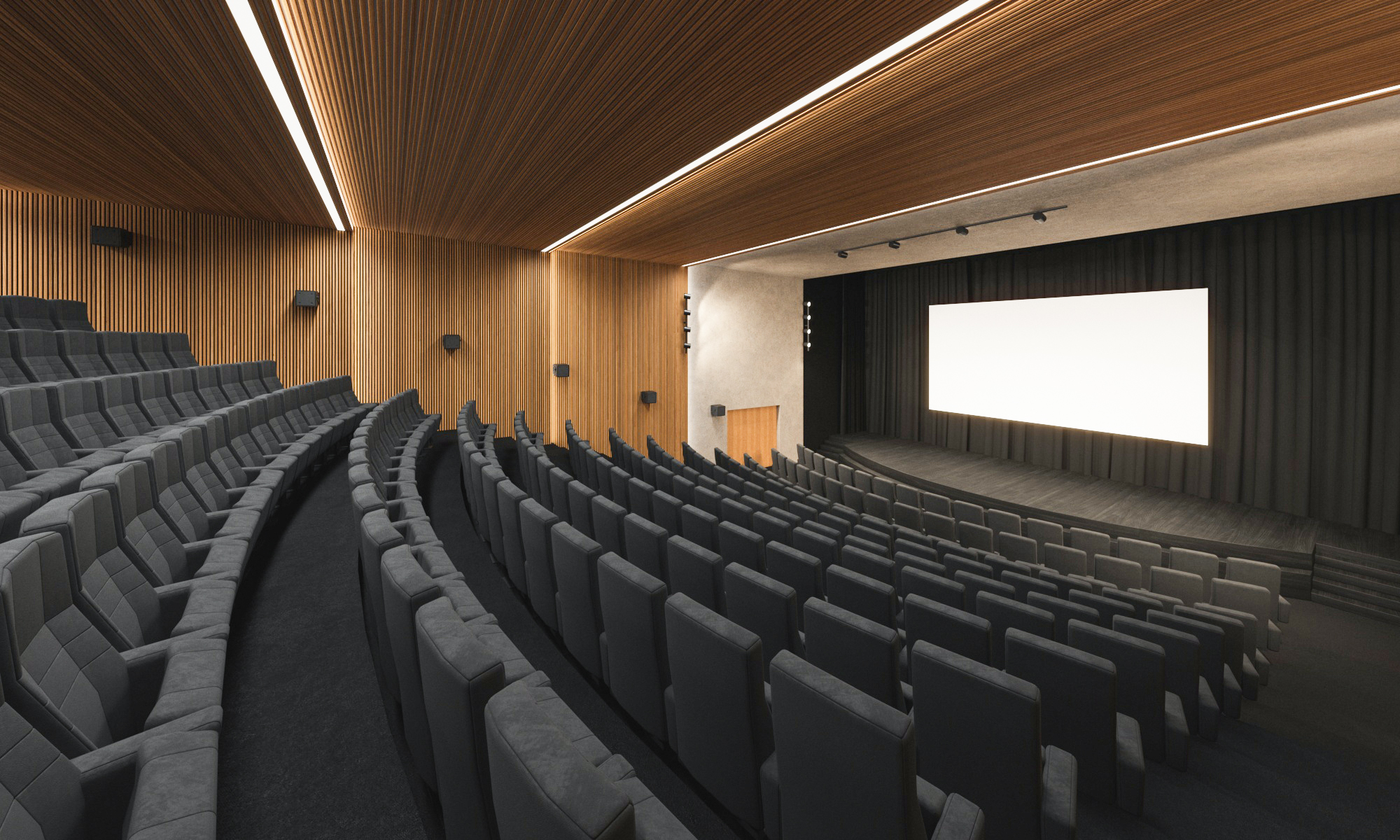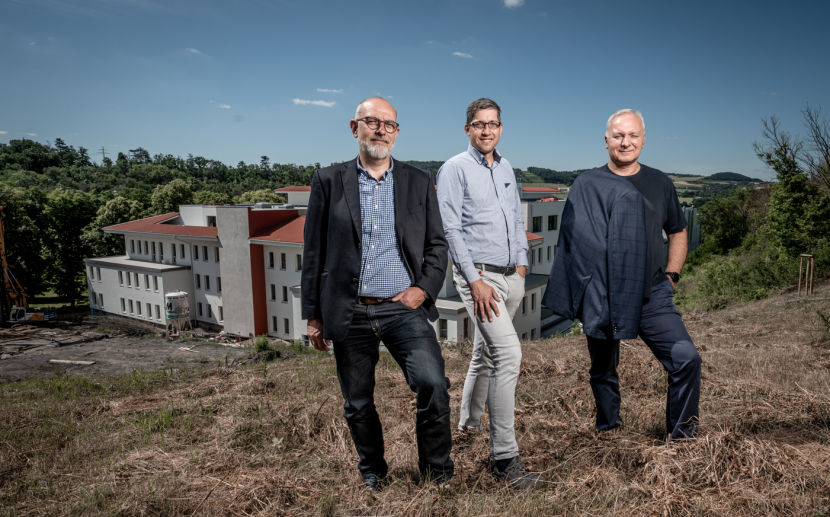Phototherapy
The services offered by the Mental Rehabilitation Centre will be divided into two pillars. Patients will have access to basic services that are at the heart of the program and enhanced services that will diversify their stay here. The standard ward will begin with phototherapy. In the CDR project, light is one of the most important components and this includes its dosage during the day.
Positive warm-up
Phototherapy is followed by a nurse-led positive story warm-up. After breakfast, the patient participates in a so-called community. This is a 45-minute meeting of all patients and staff on the ward. "The community has a strong therapeutic potential, it helps the patient to self-knowledge and provides them with contact with others," says Katerina Grohová, who is involved in drawing up the patients' daily plan. After a follow-up visit, the patient will either receive individual therapy or other services.
"At CDR, light dosage during the day is one of the key components of therapy."

Movies, theatre and massage
The afternoon will then belong to group psychotherapy for up to ten patients. Those who did not take advantage of individual therapy in the morning will be able to do it in the afternoon. Others can choose from a wide range of rehabilitation services. There will be a relaxation session before dinner. After dinner, patients can still take advantage of the massage, swimming pool, fitness room or engage in drama or film therapy, which will consist of screening a film with a therapeutic overlay followed by a discussion. However, the daily schedule will be slightly different every day. Naturally, a different regime will prevail in the closed ward, where clients with more severe illnesses will be admitted. Here, the centre's team will place more emphasis on individual consultations and will also allow for rest and relaxation.
Individual approach
"The mental rehabilitation centre will be distinguished above all by the fact that every patient here will be treated very individually. The patient will get the opportunity to participate together with the therapists in creating the spectrum of extended services for the coming week," says Alexander Starna, co-author of the daily schedule. He works with his colleague Groh not only on how to spread out the patient's day efficiently, but also on room capacity utilization and the proper use of the professional staff's time. He doesn't forget about the younger adolescent patients either. They will have their own special outpatient clinic and one of the three inpatient rooms. The inpatient unit will be set up so that adolescents can visit it after school.














